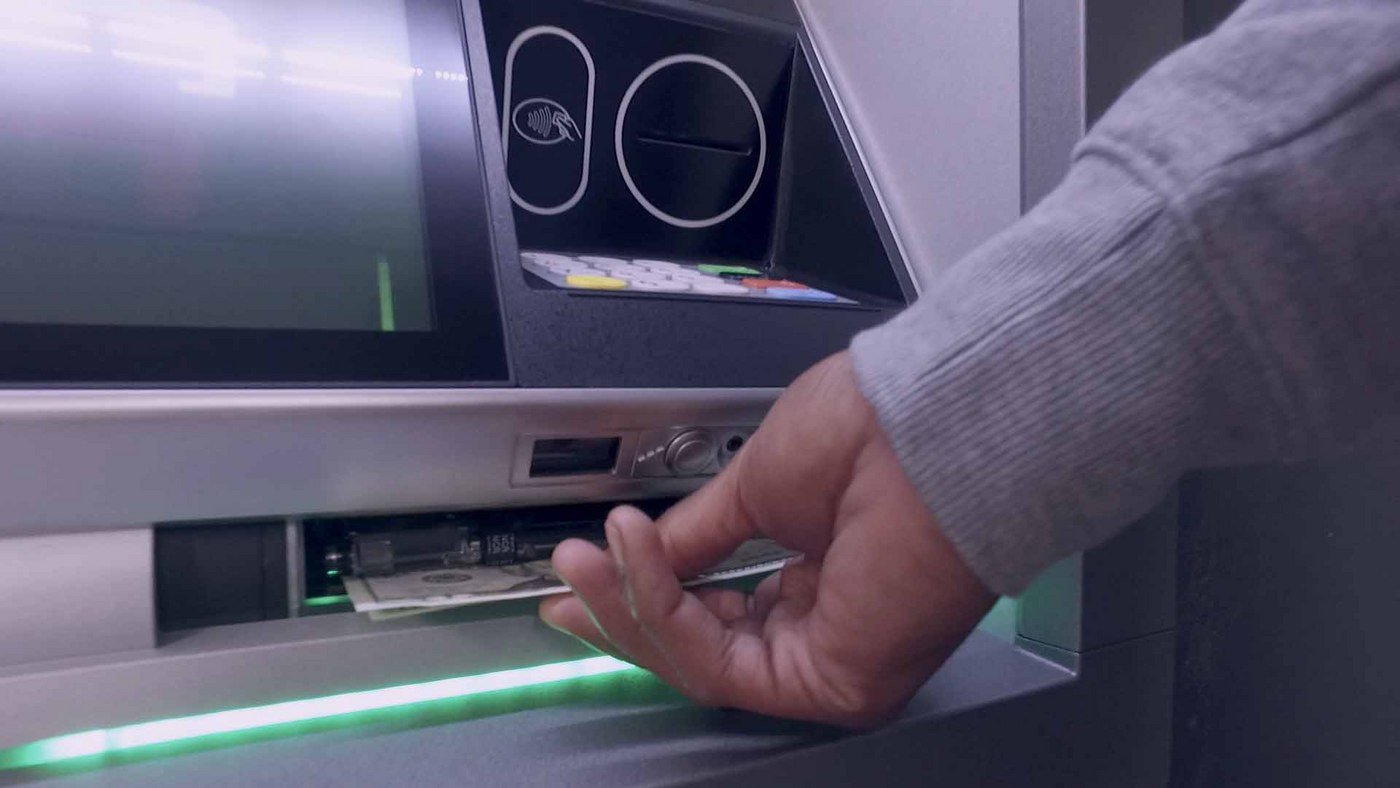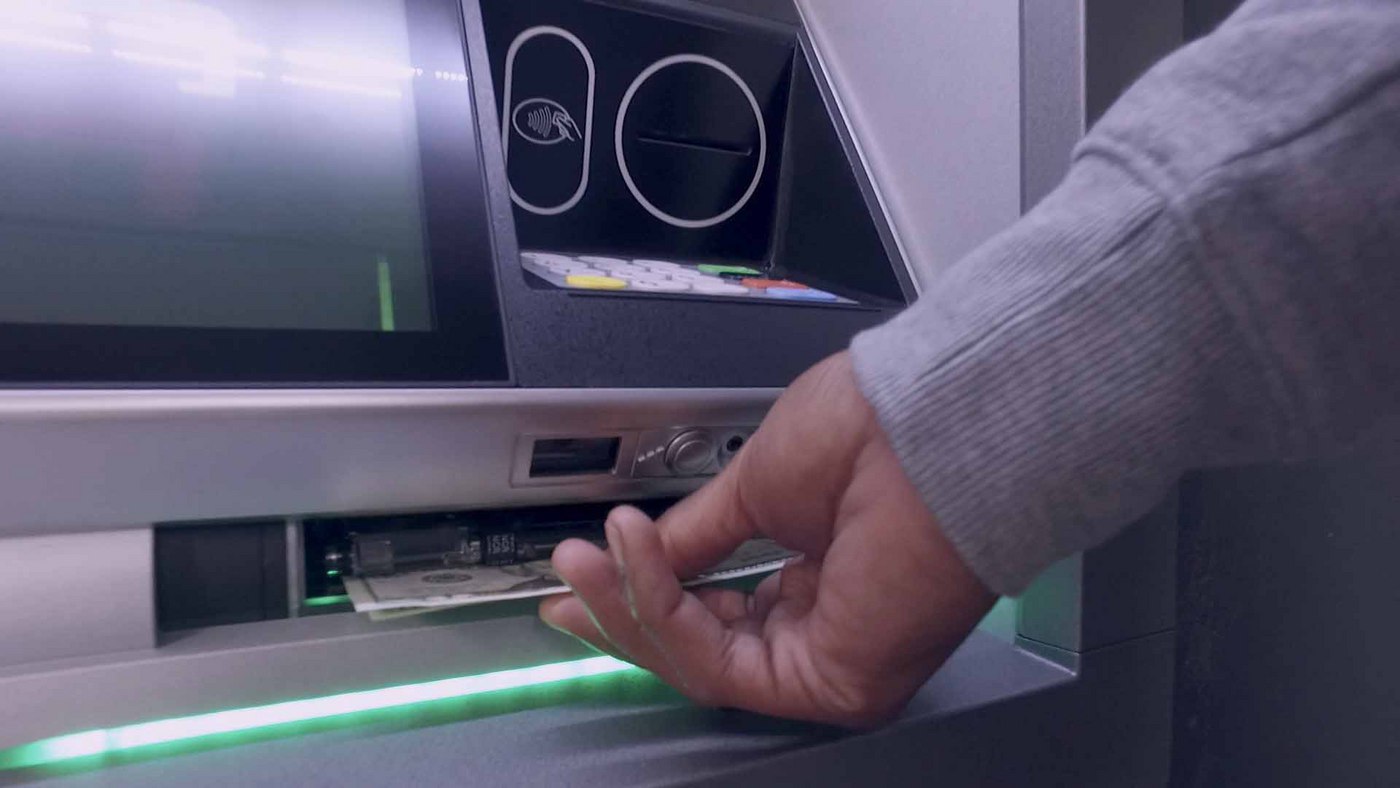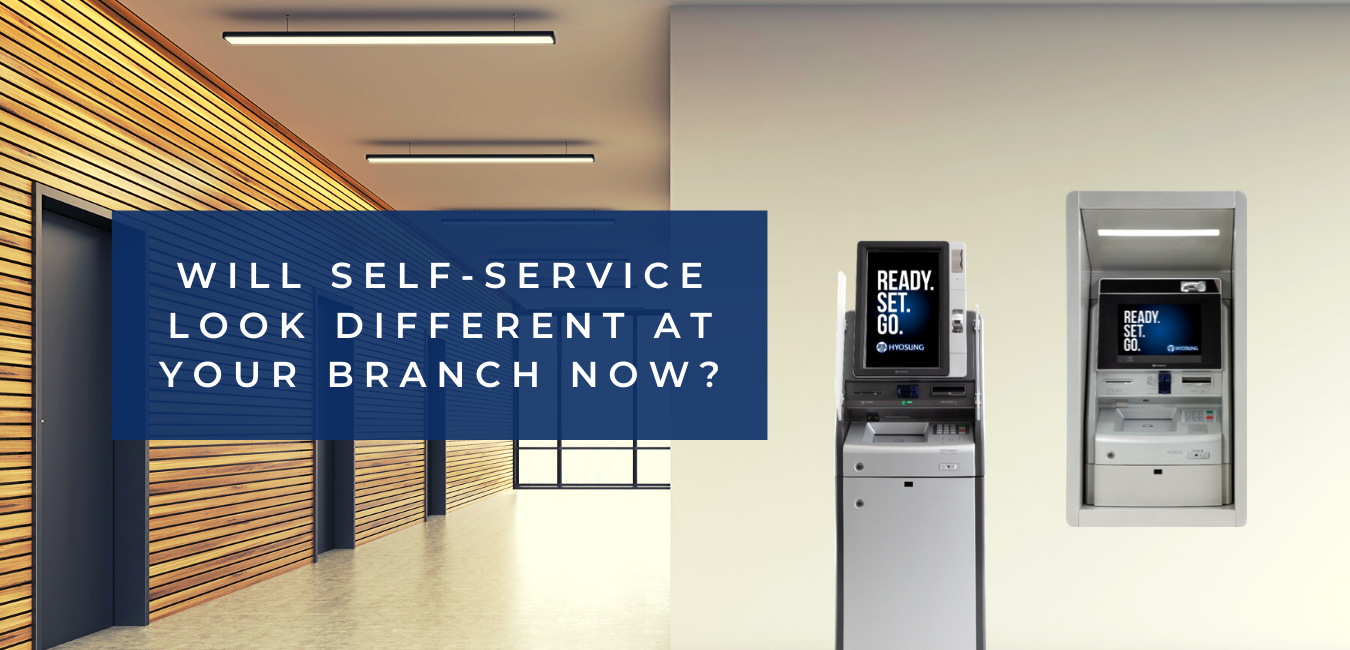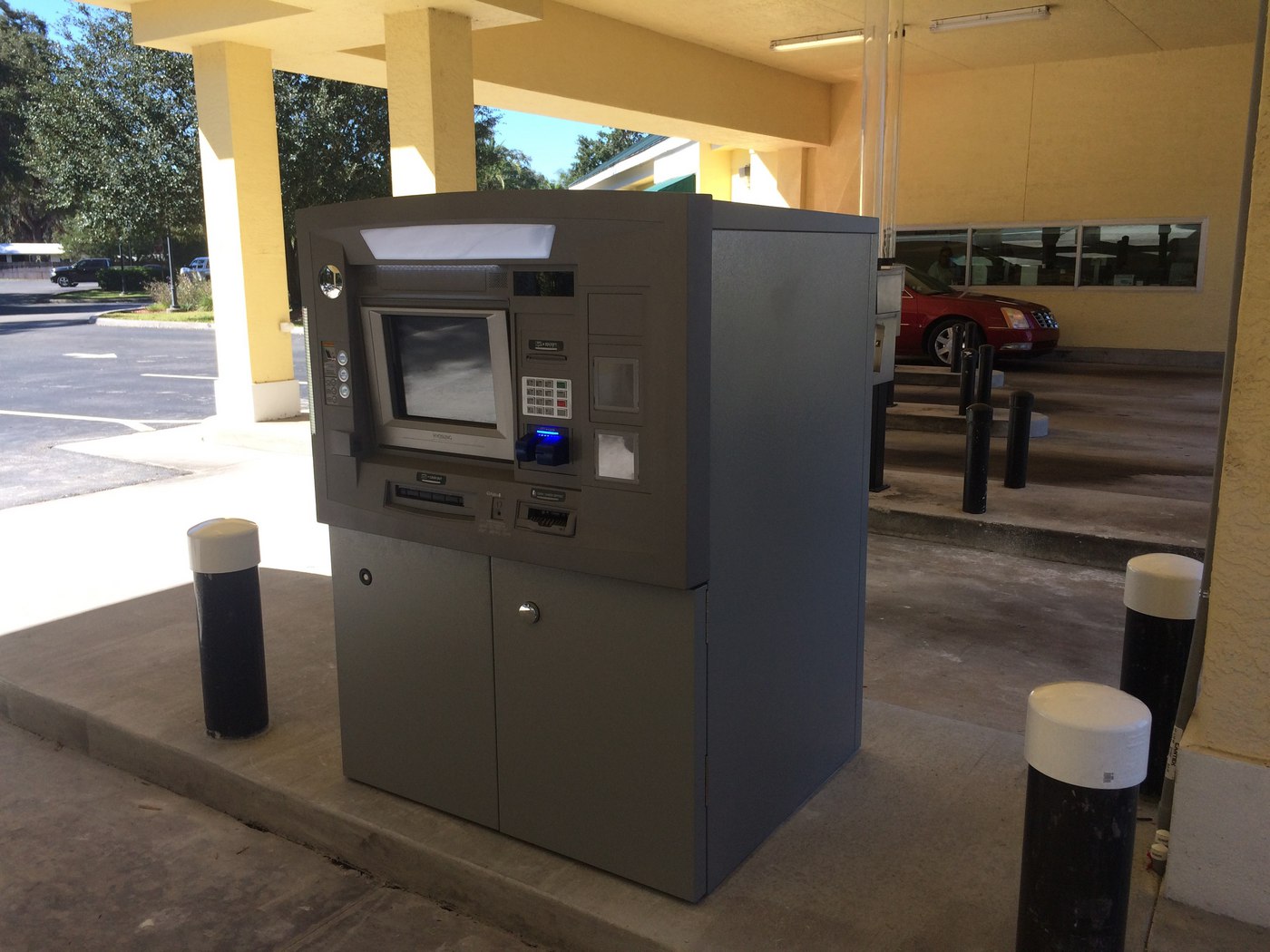7 Key Benefits of Interactive Teller Machines
Interactive teller machines (ITMs) are changing the way that financial institutions operate for the better. Use of an ITM provides more efficiency...


Interactive Teller Machines (ITMs) provide financial institutions a number of strategic benefits, many of which we covered in our article entitled, The Pros and Cons of Implementing ITMs. As ITM adoption continues to rise, we’re seeing yet another important factor driving the demand for this technology: branch security. Let’s examine three key ways ITMs can help enhance security in the local branch.
The real-time video feature of an ITM creates flexibility around where an FI’s tellers are located. Instead of solely relying on physical tellers to serve customers and members at the branch, ITMs enable you to implement a virtual teller model. Virtual tellers are staff members working remotely from off-site locations such as a call center, operations center or corporate building that are able to assist clients remotely through the ITM via video. From a security perspective, the premise is simple: when tellers aren’t physically located at the branch, they’re far less likely to be robbed. This increased sense of personal safety can translate to increased job satisfaction and even lower teller turnover, as employees feel more secure assisting clients from an off-site location. Typically when employees are secure, they are more likely to engage at a high level, driving additional productivity.
Perhaps the most pressing issue when it comes to branch security is the level of cash exposure in the branch. Having large amounts of cash circulating within your branch is almost inevitable, but requiring your staff to handle that cash manually is not. Implementing the right self-service devices, such as ITMs, allows you to store cash securely inside of locked machines instead of traditional teller drawers. These drawers are opened repeatedly throughout the day and require frequent balancing, both of which increase cash exposure. When more cash is stored inside of machines and made accessible to your clients through self-service, cash exposure in your branch is greatly minimized. And with your employees spending less time counting cash and balancing their drawers, they’ll have more time for meaningful interactions with your clients. Granted, if you’re a bank, it would be very difficult to go completely cashless at your branch because you still need to service commercial accounts. That’s where additional solutions like a teller cash recycler (TCR) could provide the additional security you’re looking for while also allowing your tellers to accept large commercial cash deposits.
Creating a security-optimized branch layout is another way ITMs can help minimize cash exposure. Often, locations requiring higher levels of security will use bulletproof glass spanning the width of the traditional teller line. This approach creates an impersonal environment with a large barrier between the teller and the client. By placing ITMs in the lobby with cash stored securely inside, you can move tellers out from behind the teller line to assist with transactions as needed. These face-to-face, less transaction-focused interactions are critical to building relationships with your clients and fostering revenue growth conversations and opportunities.
If a teller counter or window is still needed at your branch, you could consider placing it behind a wall, setting it off from the main lobby without the impersonal feel of bullet-proof glass. The teller(s) stationed behind the wall can be available for commercial deposits, allowing them to process those transactions in a more secure environment where the cash isn’t exposed. You could even provide a camera system that allows the merchant to watch the teller process the deposit, as some commercial clients prefer that the money not leave their sight while it’s being counted. For credit unions, creating a more secure, isolated space to accommodate commercial deposits likely isn’t necessary. Therefore, they could consider allocating more space for fully self-service or assisted-service transactions using ITMs.
And if you get to that truly automated branch, so to speak, then even loading cash into the machines can be outsourced to an armored car service. Grated, some FIs may prefer to control costs by having their staff load machines instead of outsourcing that function. However, moving to a fully outsourced model could eliminate the need for employees to touch the cash in your branch. And as a result, reducing or eliminating cash exposure in the branch can have an impact on insurance premiums, as well as security and loss mitigation.
Whether you’re trying to improve security at an existing branch location, or you’re considering opening a new branch and want to build in enhanced security from the ground up, ITMs could be an integral part of the equation. Moving to a virtual teller model where more tellers are located off-site can greatly reduce the number of staff accessible at the branch to be robbed. This could also equate to lower turnover and higher job satisfaction among your employees. Finally, ITMs can help drastically reduce the number of places you’re keeping physical cash in the branch (i.e. teller drawers), meaning staff are handling cash less often. It also means that the cash, for the most part, is locked away in secure devices.
If you’re considering ITMs as a part of your long- or short-term strategy, QDS is here to help answer any questions you may have. As a multi-solution provider, we can help you determine which approach best meets your needs.

Interactive teller machines (ITMs) are changing the way that financial institutions operate for the better. Use of an ITM provides more efficiency...

As states re-open in some form or fashion in the coming weeks, many Financial Institutions are faced with the new reality of what to do with the...

Your branch or drive up ATM is past its prime and needs replacing. Or, you are building a new branch or establishing a presence in a new market and...